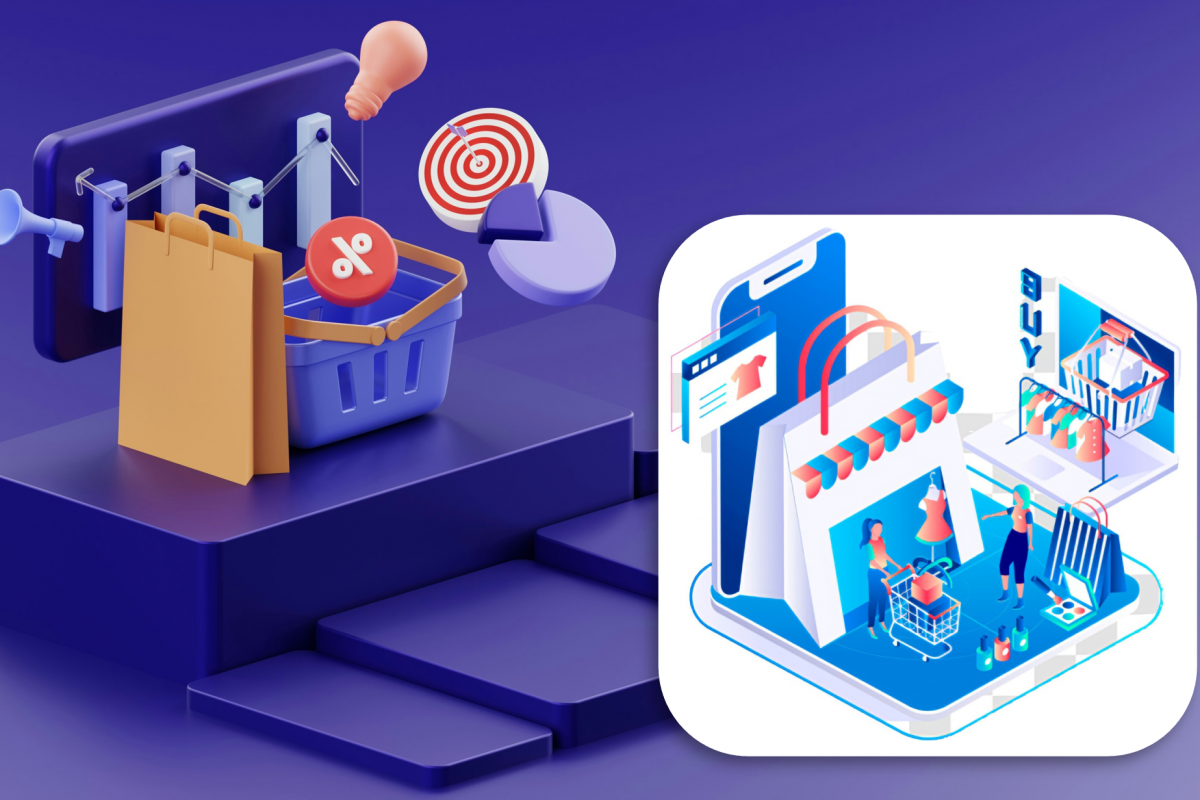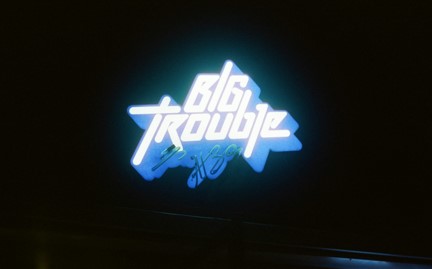We’ve learned about advertising campaigns on Amazon and how to use them as part of our long-game marketing strategy. Promotions allow us to advertise discounted products for a short period of time. How can we incorporate short-term promotions into our long-game marketing strategy?
Read more about Creating a Shopper-Centric Experience on Amazon and SEO on Amazon. Read our 3 part article series based on this post on LinkedIn: Part 1, Part 2, and Part 3.
Basics: Virtual Bundles
If you sell products that are complementary to each other, it makes sense to create bundles. You can create a custom bundle, or a virtual bundle. A custom bundle contains items physically packaged together with labels and shipped to an FBA warehouse. A virtual bundle contains items combined together in a listing but are not physically packaged together.
We’ve done the research on both types of bundles and created tables showing the advantages and disadvantages of both.
Physical Product Bundles
| Advantages | Disadvantages |
| Seller pays only one fulfilment fee | Seller pays a UPC fee for each bundle |
| All items are packaged together by the seller | Takes up space in the fulfilment centre |
| Bundle counts as a separate inventory item | Costs money and manpower to create, ship and store the physical bundles |
| Qualifies for Sponsored Product PPC ads | |
| Shipped as one item, only one set of carbon footprints |
Virtual Product Bundles
| Advantages | Disadvantages |
| Seller does not pay a UPC fee for each virtual bundle | Seller pays a fulfilment fee for each item within the bundle |
| Does not count as separate physical inventory | All individual items must be kept in stock, or the entire bundle will be listed as out of stock |
| No extra money or manpower needed to create, ship or store a virtual bundle | Does not qualify for Sponsored Product PPC ads |
| Good way of testing if a product combination is desirable for sellers before creating a physical bundle | Each item is shipped separately, incurring several sets of carbon footprints |
| Sellers must regularly monitor and adjust prices manually to keep Buy Box eligibility | |
| Only available to Amazon sellers with a Registered Brand |
Another caveat of virtual bundles–Amazon doesn’t provide virtual bundle sales information in Seller Central reports, because the virtual bundle is made up of individual items as opposed to a packaged bundle. Sellers receive a link from Amazon to a downloadable spreadsheet once a week with the data of the virtual bundle sales, which must be superimposed manually with the rest of the sales data to see the impact of the virtual bundles on conversions.
Summary of Physical vs. Virtual Product Bundles
Amazon wants the cheapest price on their platform to keep people buying products from Amazon instead of other platforms. Virtual bundles are a boon for Amazon because they 1) still get money from fulfilment fees from each item sold within a virtual bundle; and 2) sellers will often lower a bundle price to keep Buy Box eligibility, meaning that shoppers are more likely to buy from Amazon instead of going off platform for a better deal.
Virtual bundles can be useful for sellers to determine how well they convert with shoppers before committing to the creation of physical bundles. When creating a bundle, it’s important that sellers determine if people are already using certain items together and the bundle MUST be advantageous for the shopper (price advantage, for example). The higher the value of a bundle (for the shopper), the better the conversion rate. However, profit for the seller is independent of the conversion rate due to the incurred costs (including the fulfilment fees for each item within the bundle) and set price.
Technically, Amazon’s Frequently Bought Together feature shows complementary products that might be more relevant to the customer. If this feature shows two products of the same brand together, Amazon is doing the advertising for you. You would be better off offering promotions for complementary products (more below).
Intermediate: Multi-Day and other Time-Sensitive Promotional Campaigns
Multi-Day Promotional Campaigns: Prime Day and Black Friday/Cyber Monday
With over 150 million paid Prime members globally and over 300 million active customer accounts worldwide, Prime Day has the potential to bring in large amounts of revenue for sellers. In 2023, 375 million items were sold during the Prime Days ($12.9 billion dollars spent worldwide), and some small businesses saw over 18x increase in their average daily sales. Actually 2 days long, Prime Day, exclusively for Amazon Prime members, offers discounts on thousands of items across all categories. It takes place annually in July, with the exact date and deals announced about a month before.
Black Friday takes place in November on the Friday after American Thanksgiving, and Cyber Monday occurs on the Monday after American Thanksgiving. As it kicks off the holiday shopping season, it is the most important sales period for Amazon sellers. in 2023, Amazon reported over 1 billion items sold worldwide. This sales period is popular because usually you will find the lowest prices for products. During the 2023 Black Friday/Cyber Monday shopping period, customers saved 70% more than the previous year.
Many sellers start pre-event campaigns before the main events, making these events a good way to clear out slow-moving inventory (as well as soon-to-be-out-of-season, out-of-style or expired merchandise) as shoppers plan ahead to look for deals. It’s also a good opportunity to boost new products and build brand awareness.
Not your first time participating in Prime Days as a seller? It’s time to pull out the data and look at what worked and didn’t work for your brand. Maybe specific products responded well (or worse) to specific deals? How could your advertising campaigns be improved for this year? Incorporate this information in the marketing strategy for the upcoming multi-day promotional campaigns.
Other Time-Sensitive Promotional Campaigns
Amazon has other time-sensitive promotional campaigns available year-round. These deals are a good way of clearing out overstocked or slow-moving inventory, and a good way to promote new products. They also help improve visibility of the brand and potentially increase the organic search ranking on Amazon due to increased traffic to the product listing page, purchases, and reviews.
Some of the campaigns require paying a fee to have products appear on Amazon’s deals page. As the second most visited page on the Amazon platform sellers have an opportunity to greatly increase their conversions. To be eligible to have products listed on Amazon’s deals page, professional sellers must meet platform requirements with at least five seller feedback ratings. The products must be new, hold a rating of at least 3.0 stars, and be prime-eligible in the sales region. The products must also comply with pricing and deal frequency policies and not be restricted, offensive, or inappropriate.
Table of top time-sensitive promotional campaigns
(some deals may not be available in some markets)
| Additional requirements | Length | Fees | Pros | Cons | |
| Lightning Deals | Deals start at 15% | Flash sale: lasting minutes to hours or until quantity is sold out | Typically $150, but can vary depending on marketplace and time period | “Limited Time Deal” badge; Displayed on Amazon Deals Page; Sellers determine quantity to sell; Effective during Prime Days/Black Friday periods when people are already keeping an eye on Amazon | Sellers don’t have control over time slot nor length of time (but they can turn down Amazon’s offer) |
| 7-Day Deals | For professional sellers only | 7 days | Typically starts around $300, varies depending on time period and marketplaces | “Limited Time Deal” badge; Displayed on Amazon Deals Page; Badge potentially drives up CTR and sales | Reduced profit margin due to long discount period; Possibly higher return rate by shoppers more interested in price-sensitivity than the product; Maintaining higher advertising costs during sale period; Available only to top performing products |
| Best Deals | For vendors only; Deals start at 10% | 2 weeks | Displayed on Amazon Deals Page for up to 7 days; Increases visibility of brand and products | Seller pays a deal fee + normal sales fee; Available only to top performing products |
Table of other time-sensitive promotional campaigns
(some deals may not be available in some markets)
| Additional requirements | Length | Fees | Pros | Cons | |
| Coupons & Vouchers | At least 20% discount | flexible | Small fee per redemption, can vary by season, category, marketplace | Self-service tool; Customisable; Easy to create and monitor; Average 11% increase in sales; You can set a budget limit on how many coupons/vouchers are redeemed; Effective during Prime Days/Black Friday periods to boost visibility and conversions | 21-day lead time required; Reduced profit margins; Cost of advertising to show promotions; Customers don’t always see the coupons and redeem them |
| Prime Exclusive Discounts | At least 10% discount; Discount must be lowest price in the past 30 days | Up to 4 weeks | none | Free to create; Shown as a strikethrough price & savings message near the Buy Box | Only available for Prime members; Not always available; Only Prime-eligible products |
| Deal of the Day (DOTD) | At least 20% discount off normal price listed over 90 day period | 1 day | “Deal of the Day” badge; Displayed on Amazon Deals Page | Amazon chooses the products; Vendors/sellers must receive an invitation by Amazon to submit a Deal of the Day request; Requests not always selected | |
| Best Deals | flexible | Minimum fee on the discounted/free item depends on the product category | Easy to set up; Flexible terms (quantity, discount) | Seller still pays the fulfilment fee for the free item; Not all items eligible for BOGO; Reduced profit margin |
Recap and an important note on budgets
In our post about PPC campaigns, we talked about the importance of efficient campaigns that allow flexibility in the budget for big sales periods such as Prime Days and Black Friday. You will need to spend more money than usual to ensure visibility of your PPC ad campaigns. You will also need to account for the fees for some deals and the lower profit margin incurred by the discounted price. What is an acceptable “loss” for your brand in exchange for potentially increased sales and visibility? It is also important to note that in many cases, the fees are dependent on marketplace, timing, and product category. Do the research for your product, calculate how much profit margin you would be willing to lose in the worst case scenario.
Before running a promotion, optimise the product listings, research your competitors and adjust your pricing strategy to stay competitive during the sales while keeping a healthy profit margin.
Advanced: Monthly Deals
Knowing what we do about long term marketing strategy and about different short term campaigns, it’s time to be strategic. Sellers can do this by rotating deals by month (3-5%) and by variations (including colours!), categories, and so on. This is a good way of setting up deals for complementary products, which show up well in sponsored brands campaigns, for example. In this way, there is no need to create bundles (which incur varying costs), and sellers can test the efficacy of advertising (selling) certain products together without the additional costs.
It is a good strategy to always have a discount available (except before big sales events), which encourages shoppers to regularly look at your brand’s product catalogue to find discounts on products they like. They might even end up paying full price for products if they miss a discount on a product they really want. Storefronts should be updated on a monthly basis with a Specials page for these rotating discounts.
Conclusion
Playing the long game in an Amazon marketing strategy requires an understanding of the ups and downs of your brand’s conversion cycle. Armed with this knowledge, applying short term promotional campaigns at strategic moments throughout the year can increase your conversions and visibility of your brand and its products with your target shoppers.
Would you like advice on the best Amazon strategy for your brand? Do you want to know more about our tailored services? Contact us today!
Image credits: Background image by Growtika on Unsplash, foreground image by Excellentcc on Pixabay












